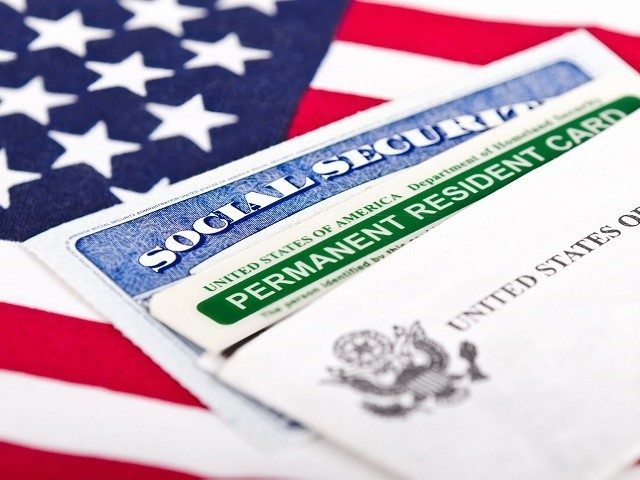While the number of foreign-born people employed in the United States dipped slightly last month it remained above 25 million for the eight month in a row, according to data released Friday by the Bureau of Labor Statistics.
According to not seasonally adjusted BLS data, 25,274,000 foreign-born people we employed in the U.S. in May, down 186,000 compared to April. The level continued a trend of decline from the record high of 25,741,000 set in March.
The BLS defines the foreign-born as “those residing in the United States who were not U.S. citizens at birth. That is, they were born outside the United States or one of its outlying areas such as Puerto Rico or Guam, to parents neither of whom was a U.S. citizen. The native born are persons who were born in the United States or one of its outlying areas such as Puerto Rico or Guam or who were born abroad of at least one parent who was a U.S. citizen.”
While the number of immigrants employed in the U.S. declined, the number of native-born Americans with jobs increased by a whopping 704,000 last month hitting a record high of 126,319,000. The numbers represent something of a head scratcher as overall some 664,000 Americans dropped out of the work force last month and the economy only added just 38,000 nonfarm payroll jobs.
To be sure, the data has not been seasonally adjusted, meaning it has not undergone the statistical method the BLS uses to remove predictable seasonal variables so that the data month to month is comparable and more easily analyzed for trends.
“Over the course of a year, the size of the labor force, the levels of employment and unemployment, and other measures of labor market activity undergo fluctuations due to seasonal events including changes in weather, harvests, major holidays, and school schedules,” the BLS explains. “Because these seasonal events follow a more or less regular pattern each year, their influence on statistical trends can be eliminated by seasonally adjusting the statistics from month to month.”
The foreign-born population enjoyed a better unemployment rate of 3.7 percent compared to the native-born population’s 4.7 percent. The foreign-born also had a higher participation rate of 64.5 percent compared to native’s 62.4 percent.
Last month the BLS revealed that 2015 experienced a record-high average of 24,963,000 foreign-born workers employed in the U.S., a 31.4 percent increase compared to 2002, when the BLS began recording the data, according to the Washington Free Beacon.

COMMENTS
Please let us know if you're having issues with commenting.